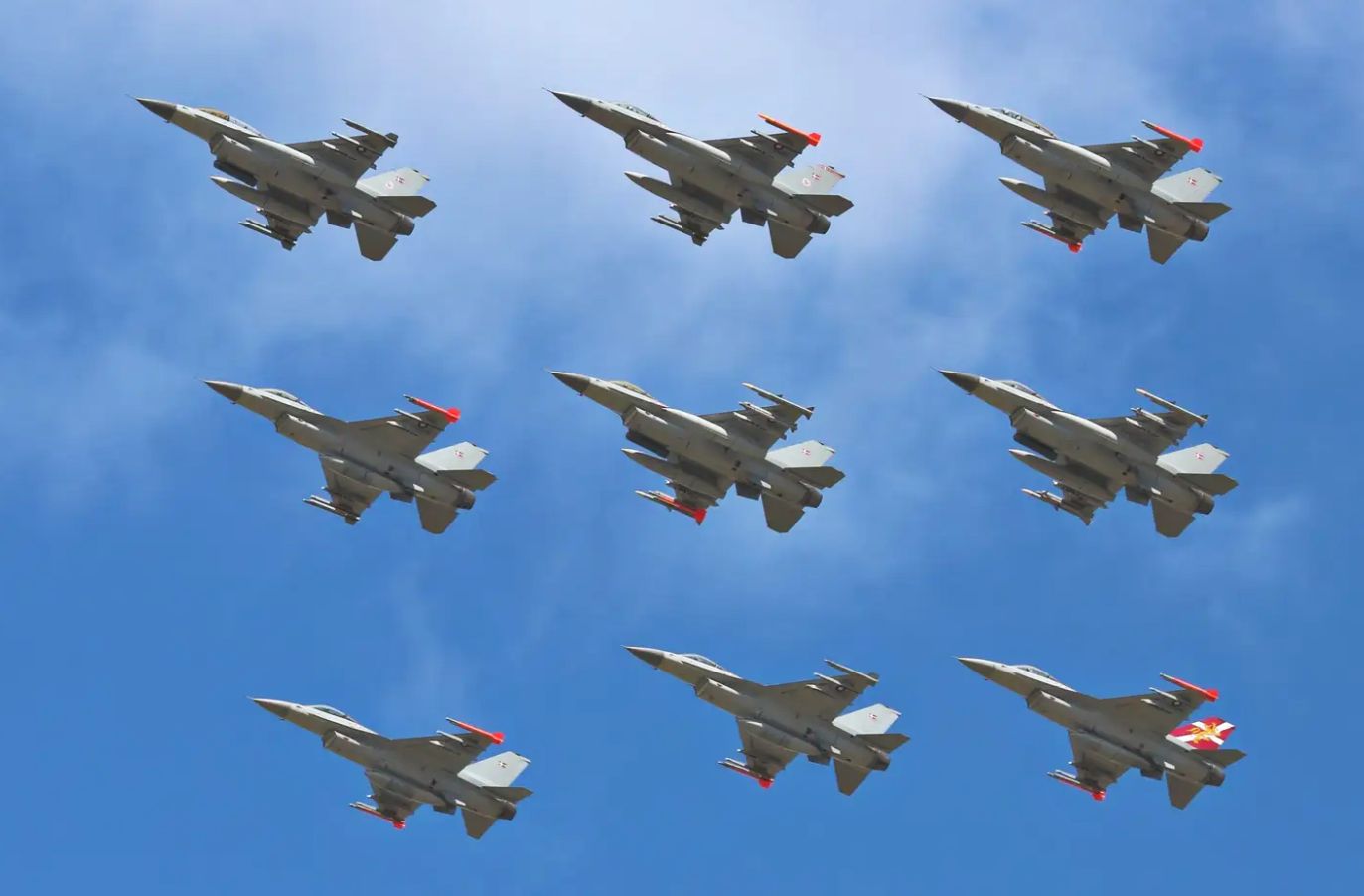Denmark announced on June 26 that it had begun a training and education program for Ukrainian fighter pilots while revealing its decision to retire the fleet of aging US-made F-16 fighters two years ahead of schedule.
Denmark’s acting Defense Minister Troels Lund Poulsen stated that the retirement of the F-16 fighters will now take place in 2025 instead of the previously planned 2027.
This adjustment is attributed to the fact that the replacement fighters, F-35s, can be phased in and made operational earlier than anticipated.
Minister Troels Lund Poulsen highlighted that as a NATO member, Denmark had initiated a training and educational program for Ukrainian pilots.
He further mentioned that the Scandinavian country is considering donating Danish F-16 fighters to Ukraine, and the number of aircraft to be donated is under deliberation.

“Now that we have taken the step of embarking on a training and further education effort for the Ukrainian pilots, we will also have to consider whether we should make a specific donation to Ukraine of the Danish F-16 fighter jets and how many it should be,” the minister said.
Poulsen informed Danish broadcaster DR that Ukrainian pilots would need to undergo six to eight months of training before any potential donation of Danish F-16 aircraft could take place.
He clarified, “This does not mean that you cannot make a decision beforehand. But (the F-16 planes) will be in Denmark until 2024.”
In June 2016, Denmark entered into an agreement to procure 27 F-35A jets intended to replace their more than 40-year-old F-16s. Currently, Denmark operates 30 operational F-16 planes.
The transition to the F-35A Joint Strike Fighter jets is scheduled between late 2023 and the end of 2025.
Recently, the US Department of Defense confirmed that Denmark has officially requested a decision to commence the training of Ukrainian pilots on F-16 aircraft in European countries.
F-16s For Ukraine
Given the ongoing full-scale Russian invasion that began in February 2022, Ukraine has long expressed its desire for Western fighter jets.
Initially hesitant, the United States and other NATO countries have recently agreed to provide training to Ukrainian pilots on F-16 fighters. However, no commitment has been made to transfer any aircraft to Ukraine.
In the ongoing conflict, Ukrainian pilots have primarily operated Soviet-era fighters such as the MiG-29 and Su-27. The outdated Soviet-era warplanes are outclassed by Russia’s advanced Su-35 fighter jets, equipped with long-range missiles, creating an imbalance in technological capabilities.
Moscow also holds an advantage over Ukraine regarding electronic equipment, technical capabilities, overall aircraft numbers, and missile and radar performance.

In May, several European nations expressed their plans to establish a coalition that would offer training and transfer of fighter aircraft to Ukraine.
The specifics regarding the training and delivery of F-16s to Ukraine are currently somewhat unclear, and an exact timeline for the process has not been established. The performance of the pilots and the aircraft in combat operations is also currently challenging to predict.
Pentagon Press Secretary Air Force Brig. Gen. Pat Ryder recently informed reporters that the development of a training program is spearheaded by Denmark and the Netherlands. The United States is currently in the process of reviewing a request to provide support for this training initiative.
According to experts, the prospects of Ukraine eventually acquiring US-made F-16 fighter jets appear to be increasing. Although these aircraft may not be a game-changer addition to Ukraine’s arsenal, they could pose a significant threat to Russia if equipped with the appropriate missiles.
If Ukraine acquires the fighters, it will face the task of effectively operating, maintaining, and sustaining them, which entails various challenges. A study conducted by the Congressional Research Service in March 2023 highlighted several essential conditions for successfully deploying F-16s.
A key focus is placed on the aircraft’s supply chain, including acquiring adequate spare parts, allocating funds for operations and support, establishing a maintenance inventory system, training maintenance personnel, and ensuring a continuous supply of weapons for arming the F-16s.
These factors are crucial to ensure the long-term viability and operational readiness of the F-16 fleet for Ukraine.
- Contact the author at ashishmichel(at)gmail.com
- Follow EurAsian Times on Google News




